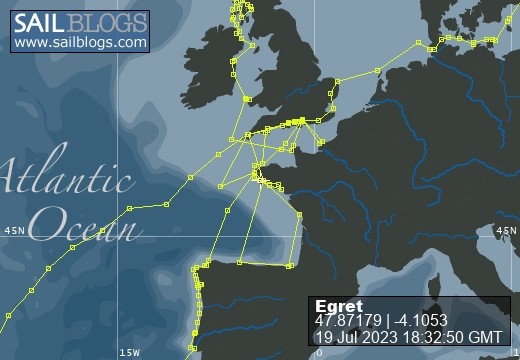
Egret
09 August 2022 | Picture: The Sunk Inner Light Vessel in the Thames Estuary
03 August 2022 | Egret at the Royal Norfolk and Suffolk Yacht Club, Lowestoft
23 July 2022 | Picture: One of the smaller locks at Holtenau
20 July 2022 | Picture: Patrick reminiscing with Juergen at Rostock
11 July 2022 | Picture: Egret at Stralsund, with the barque Gorch Fock beyond
04 July 2022 | Picture: Amanda on Bornholm
01 July 2022 | Picture: Kristianopol, with Egret at far right
26 June 2022 | Ernemar
19 September 2020 | Picture: Egret being lifted out at Ernemar, Sweden
08 September 2020 | Chart: our route from Mem into the Tjust Archipelago
01 September 2020 | Picture: the Carl Johans flight of seven locks
29 August 2020 | Picture: Egret (by G. Einefors)
27 August 2020 | Picture: Egret at Vadstena Castle
25 August 2020 | Picture: Norrkvarn Lock
23 August 2020 | Picture: Egret crossing Lake Vänern
19 August 2020 | Picture: Inside the lowest Trollhatte lock
17 August 2020 | Picture: The Gota Alv Bron in Gothenburg
16 August 2020 | Picture: the GKSS, Langedrag
13 August 2020 | Picture: Egret alongside (left) at Fisketangen
10 August 2019
121. The Wild Coast and the Shipwreck Coast
07 January 2015

The weather in Durban was on the whole very pleasant, but when south-westerlies arrived - at times reaching 45 knots - it became very blustery at our end of the marina and the boat tugged hard on her warps. We had spells of thunder and lightening and, typically for a public holiday, it rained for most of Reconciliation Day. The city has a magnificent promenade fronting the ocean shore with a wide, sandy beach, several piers, open-air pools, a large aquarium complex and all the usual seaside attractions which each day bring hundreds of local residents and holidaymakers. Apart from just strolling along the prom, our personal favourites were the sand sculptors who modelled animals, people and even a full-sized sports-car. The sea was generally quite rough, and bathing is restricted to a few zones which are watched over by life-guards. Two days before we left, a tragic incident occurred when a freak wave caused by huge swells all along the coast dragged dozens of bathers out to sea, resulting in the loss of at least one life.
An irritation of cruising in South Africa is the extraordinary procedure for checking out of the main ports, even when transiting within the country. One has to fill in a form - oddly called a 'flight plan' - describing one's route and time-table and providing lots of extra details such as the make of one's life-raft and the underwater profile of the hull. This must be signed by the marina office to show that all fees have been paid and taken to the Port Office. They will issues two chits which have to be delivered in turn to Immigration and Customs, each being asked also to sign the flight plan. This is returned to the Port Office, who will fax a copy to the Port Control Tower. It expires 36 hours after submission, or at 7 o'clock on the morning after a weekend or public holiday. Finally, one has to notify Immigration by phone four hours before departure.
The long range forecasts were often way out - we would see a sufficient period of fair winds coming four or five days hence, but the nearer it got, the shorter it became. One such window looked as if it would arrive on the Saturday after Boxing Day, so a large group of us rushed round to visit all the officials with our bits of paper before the offices closed at 11 a.m. on Christmas Eve. A group of us had booked a table for the umpteen course Christmas buffet at the R.N.Y.C. that lunchtime, and the prospect of leaving made for a double celebration. Christmas Day was very hot, reaching 34ºC, and a few of us took our lunch over to shade of the P.Y.C. braii area. Of course by Saturday the weather window had closed! A better one was predicted to arrive on the following Monday afternoon, so in the morning we had to revisit all the offices to submit our revised flight plans. The net result of all the waiting was that we spent a total of 28 days in Durban.
We cast off at midday and headed straight out to sea to get clear of the inshore counter-current. It wasn't until we reached the 500m depth contour - about 15 miles out - that we were in 3.5 knots of Agulhas Current and able to head down the "Wild Coast", as this part of the Transkei is known. At sunset, around fifty dolphins surrounded us - spinning and tumbling for all it was worth - probably the largest and liveliest pod we had ever seen. We needed the engine to assist the sails in the light easterly breeze, and it rained or drizzled throughout the night and into the following morning. The wind picked up after lunch, and now with 4.5 knots of current we were able to turn off the engine and still do 10 knots over the ground. We passed East London during the second night, having been convinced that the favourable weather would hold for another day. By dawn it was blowing at 20-25 knots from the east and still drizzling. We were now passing the "Shipwreck Coast"! The rain stopped and the skies started to clear around sunset. At midnight the way ahead was suddenly lit up by red lights on the jibs of dockyard cranes followed by an explosion of fireworks. New Year's Day had arrived in Port Elizabeth!
We entered the harbour at 0330, but it was too dark to make out the layout of the marina, so we hung around until there was enough light to negotiate the floating breakwater and reach our berth. We turned in to our bunk and got up late for a hearty brunch. The marina suffers from severe swell and the constant snatching can induce a lot of wear on mooring lines. Another problem is its proximity to a manganese ore handling wharf which normally scatters a great deal of dirt onto the yachts - but luckily for us it was holiday time. We needed to buy diesel, and Guy, a local boat-owner, kindly took me and a couple of others with our cans to a garage. Unfortunately the marina is remote from the town and we didn't get a chance to look round. That evening we had drinks with Chris and Fiona of "Three Ships" and Roger and Amy of "Shango" at the Algoa Bay Yacht Club. We had hoped to continue the next day, but a fresh south-westerly wind blew for longer than predicted so we postponed our departure until dawn the day after, which meant we could join the others for a fish and chip supper at the fishing club next door.
We left our berth before dawn, but a large car transporter was also leaving the port and the harbour master instructed us to wait until it was clear, before proceeding. The morning was sunny, with a thin mist lying over the "Sunshine Coast". What little wind there was, was from ahead, so we motor-sailed with just the mainsail up, tacking every few hours. There was a 3m swell, but its period was around 10 seconds, so not uncomfortable. Conditions certainly weren't ideal, but there wasn't anything nasty expected in the short-term forecast. The Agulhas Current here is less of a danger as it runs well offshore, and there is a choice of headlands behind which a yacht could anchor in reasonable shelter from adverse weather. We hadn't been at sea long when a couple of albatrosses flew over - a sure sign that we were making good progress to the south. It wasn't until the following afternoon that we were able to steer a course directly towards our destination, but unfortunately the wind died with the light, so we motored on through the night. We reached the port of Mossel Bay at 0800 and were helped alongside at the marina by local yacht club member Schalk, with whom we'd pre-arranged our berth.
Mossel Bay has a significant place in history because the Portuguese navigator Bartholomew Dias landed there in 1488 after becoming the first European to round the Cape of Good Hope. A full sized replica of his 24m long caravel was built in Portugal and retraced the voyage 500 years later, and now takes pride of place in the museum. A curiosity in the grounds is the 'Post Office Tree', where mariners would suspend an old shoe containing messages in the hopes that they would be collected and forwarded by a ship passing in the opposite direction. The port is now home to supply vessels servicing offshore oil and gas platforms. The town was quite an eye-opener in comparison with anything we'd seen in South Africa so far - it seemed like another country. It is smart, clean and apparently safe to walk around at will, as demonstrated by all the holidaymakers. There is a good supermarket a short walk from the marina and we were again given a lift to a filling station to buy diesel - such is the generosity of people we meet when cruising. We stayed just one night while a fresh south-westerly blew through, and in the morning we went for a stroll along the beach and took a rather chilly paddle in the sea. We left in the afternoon once the wind had backed to a more favourable southerly before setting out down the final stretch of Africa's Indian Ocean coast.
An irritation of cruising in South Africa is the extraordinary procedure for checking out of the main ports, even when transiting within the country. One has to fill in a form - oddly called a 'flight plan' - describing one's route and time-table and providing lots of extra details such as the make of one's life-raft and the underwater profile of the hull. This must be signed by the marina office to show that all fees have been paid and taken to the Port Office. They will issues two chits which have to be delivered in turn to Immigration and Customs, each being asked also to sign the flight plan. This is returned to the Port Office, who will fax a copy to the Port Control Tower. It expires 36 hours after submission, or at 7 o'clock on the morning after a weekend or public holiday. Finally, one has to notify Immigration by phone four hours before departure.
The long range forecasts were often way out - we would see a sufficient period of fair winds coming four or five days hence, but the nearer it got, the shorter it became. One such window looked as if it would arrive on the Saturday after Boxing Day, so a large group of us rushed round to visit all the officials with our bits of paper before the offices closed at 11 a.m. on Christmas Eve. A group of us had booked a table for the umpteen course Christmas buffet at the R.N.Y.C. that lunchtime, and the prospect of leaving made for a double celebration. Christmas Day was very hot, reaching 34ºC, and a few of us took our lunch over to shade of the P.Y.C. braii area. Of course by Saturday the weather window had closed! A better one was predicted to arrive on the following Monday afternoon, so in the morning we had to revisit all the offices to submit our revised flight plans. The net result of all the waiting was that we spent a total of 28 days in Durban.
We cast off at midday and headed straight out to sea to get clear of the inshore counter-current. It wasn't until we reached the 500m depth contour - about 15 miles out - that we were in 3.5 knots of Agulhas Current and able to head down the "Wild Coast", as this part of the Transkei is known. At sunset, around fifty dolphins surrounded us - spinning and tumbling for all it was worth - probably the largest and liveliest pod we had ever seen. We needed the engine to assist the sails in the light easterly breeze, and it rained or drizzled throughout the night and into the following morning. The wind picked up after lunch, and now with 4.5 knots of current we were able to turn off the engine and still do 10 knots over the ground. We passed East London during the second night, having been convinced that the favourable weather would hold for another day. By dawn it was blowing at 20-25 knots from the east and still drizzling. We were now passing the "Shipwreck Coast"! The rain stopped and the skies started to clear around sunset. At midnight the way ahead was suddenly lit up by red lights on the jibs of dockyard cranes followed by an explosion of fireworks. New Year's Day had arrived in Port Elizabeth!
We entered the harbour at 0330, but it was too dark to make out the layout of the marina, so we hung around until there was enough light to negotiate the floating breakwater and reach our berth. We turned in to our bunk and got up late for a hearty brunch. The marina suffers from severe swell and the constant snatching can induce a lot of wear on mooring lines. Another problem is its proximity to a manganese ore handling wharf which normally scatters a great deal of dirt onto the yachts - but luckily for us it was holiday time. We needed to buy diesel, and Guy, a local boat-owner, kindly took me and a couple of others with our cans to a garage. Unfortunately the marina is remote from the town and we didn't get a chance to look round. That evening we had drinks with Chris and Fiona of "Three Ships" and Roger and Amy of "Shango" at the Algoa Bay Yacht Club. We had hoped to continue the next day, but a fresh south-westerly wind blew for longer than predicted so we postponed our departure until dawn the day after, which meant we could join the others for a fish and chip supper at the fishing club next door.
We left our berth before dawn, but a large car transporter was also leaving the port and the harbour master instructed us to wait until it was clear, before proceeding. The morning was sunny, with a thin mist lying over the "Sunshine Coast". What little wind there was, was from ahead, so we motor-sailed with just the mainsail up, tacking every few hours. There was a 3m swell, but its period was around 10 seconds, so not uncomfortable. Conditions certainly weren't ideal, but there wasn't anything nasty expected in the short-term forecast. The Agulhas Current here is less of a danger as it runs well offshore, and there is a choice of headlands behind which a yacht could anchor in reasonable shelter from adverse weather. We hadn't been at sea long when a couple of albatrosses flew over - a sure sign that we were making good progress to the south. It wasn't until the following afternoon that we were able to steer a course directly towards our destination, but unfortunately the wind died with the light, so we motored on through the night. We reached the port of Mossel Bay at 0800 and were helped alongside at the marina by local yacht club member Schalk, with whom we'd pre-arranged our berth.
Mossel Bay has a significant place in history because the Portuguese navigator Bartholomew Dias landed there in 1488 after becoming the first European to round the Cape of Good Hope. A full sized replica of his 24m long caravel was built in Portugal and retraced the voyage 500 years later, and now takes pride of place in the museum. A curiosity in the grounds is the 'Post Office Tree', where mariners would suspend an old shoe containing messages in the hopes that they would be collected and forwarded by a ship passing in the opposite direction. The port is now home to supply vessels servicing offshore oil and gas platforms. The town was quite an eye-opener in comparison with anything we'd seen in South Africa so far - it seemed like another country. It is smart, clean and apparently safe to walk around at will, as demonstrated by all the holidaymakers. There is a good supermarket a short walk from the marina and we were again given a lift to a filling station to buy diesel - such is the generosity of people we meet when cruising. We stayed just one night while a fresh south-westerly blew through, and in the morning we went for a stroll along the beach and took a rather chilly paddle in the sea. We left in the afternoon once the wind had backed to a more favourable southerly before setting out down the final stretch of Africa's Indian Ocean coast.
Comments
| Vessel Name: | Egret |
| Vessel Make/Model: | Sweden Yachts 390 |
| Hailing Port: | Chichester Harbour |
| Crew: | Patrick & Amanda Marshall |
Egret's Photos - Main
R.jpg) |
The Gota River, Trollhatte Canal, Lakes Vanern & Vattern and the Gota Canal
2 Photos | 9 Sub-Albums
Created 30 September 2020
|
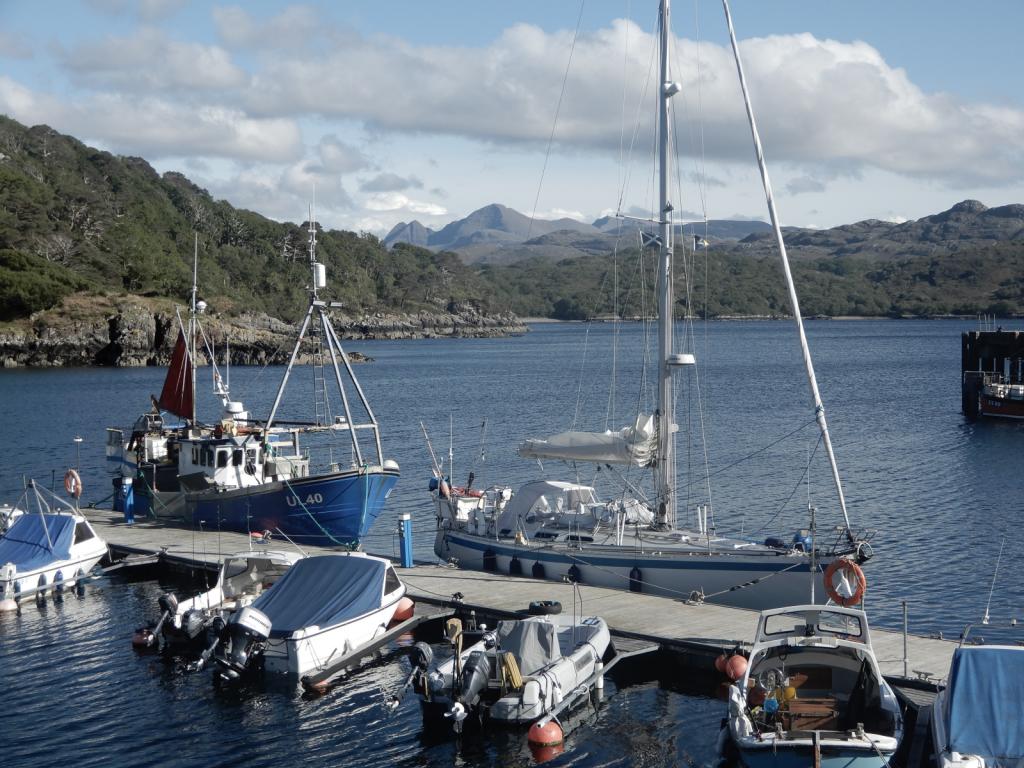 |
The Inner and Outer Hebrides, Orkney, Fair Isle, Shetland, Norway and Sweden's west coast.
1 Photo
Created 14 November 2019
|
|
Normandy, Scilly, Pembrokeshire, Ireland, Isle of Man, Northern Ireland, Inner Hebrides and the Crinan Canal.
1 Photo
Created 14 November 2018
|
Egret
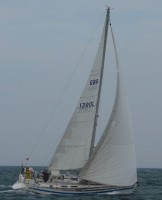
Who: Patrick & Amanda Marshall
Port: Chichester Harbour

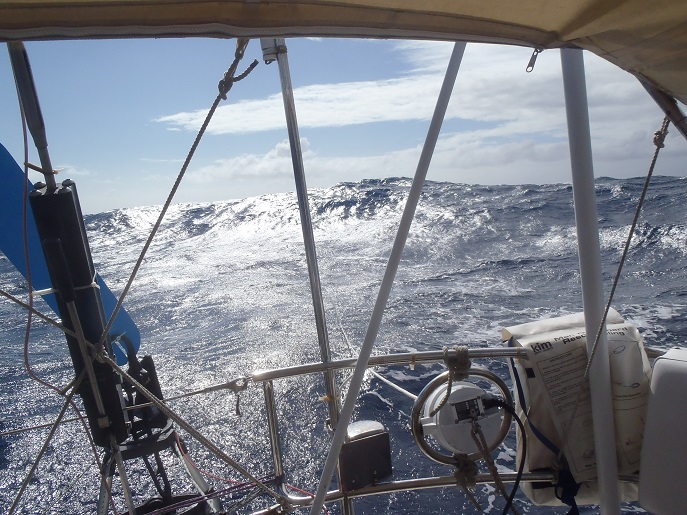
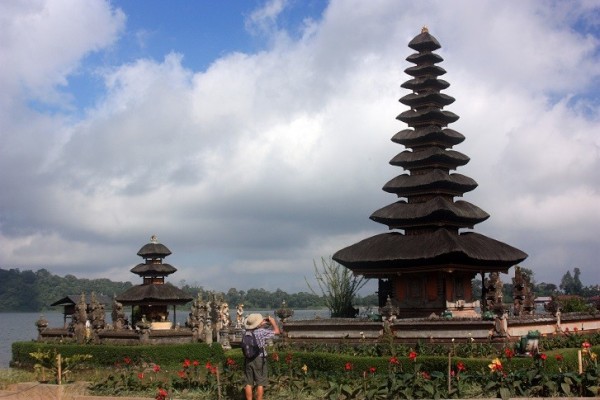
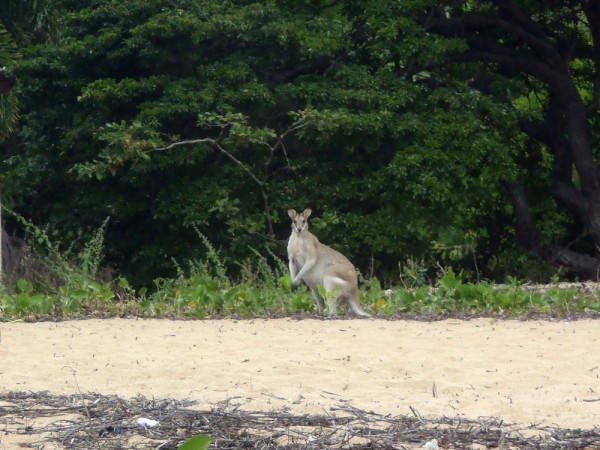
, Pentecost, Naghol (Land diving)a.jpg)
Amanda raising the Quarantine & New Zealand courtesy flagedit_edited-1 a.jpg)
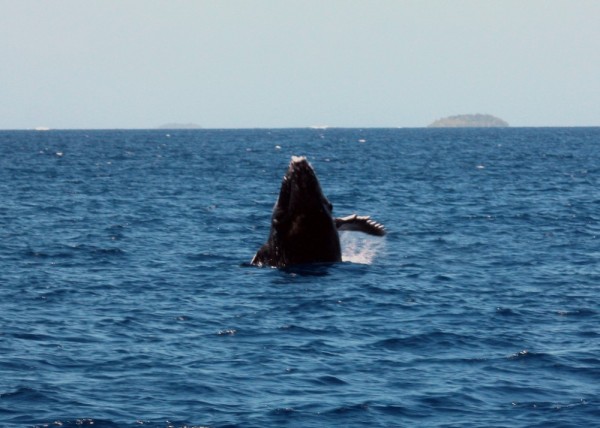
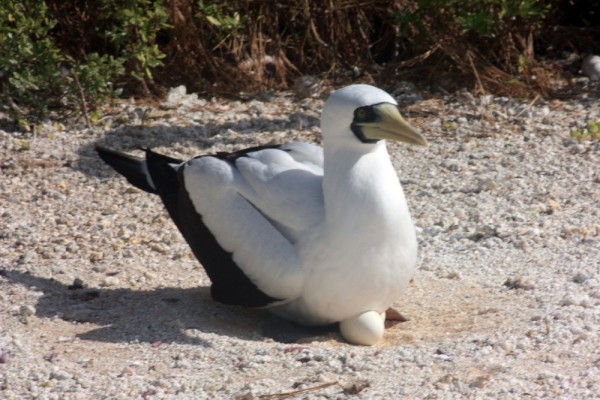
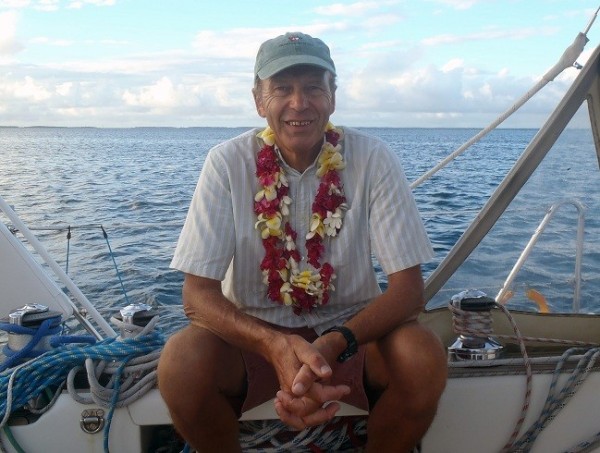
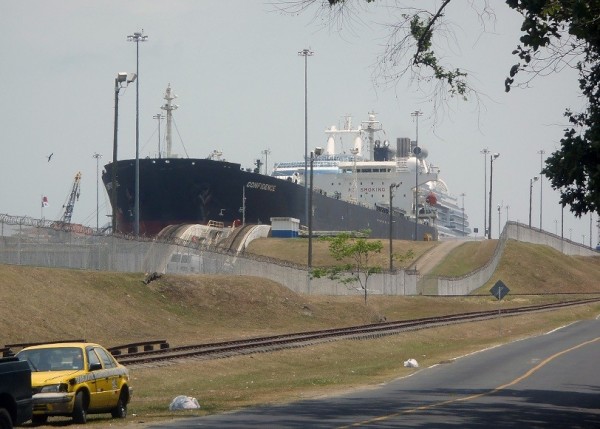
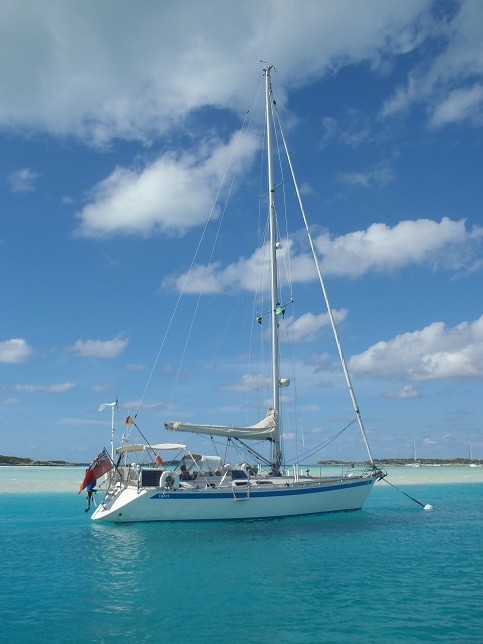
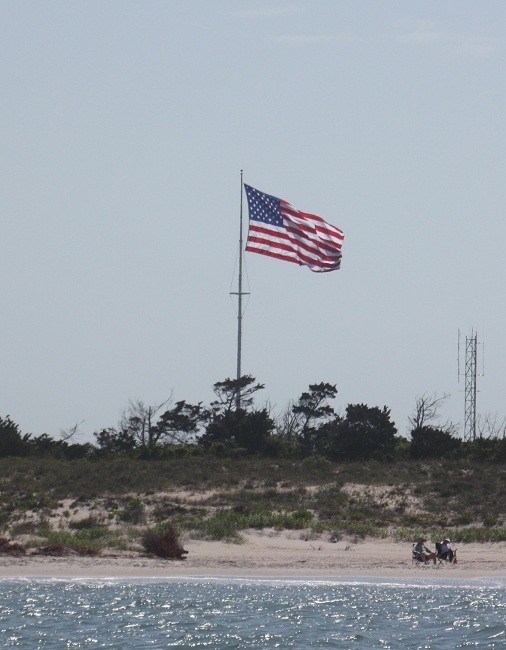
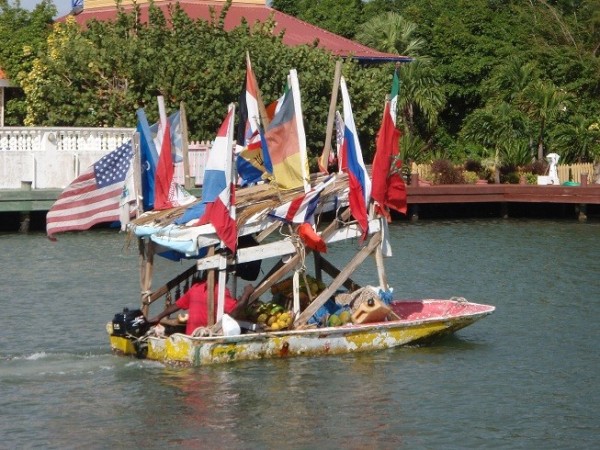
 Rock Paintings.jpg)




